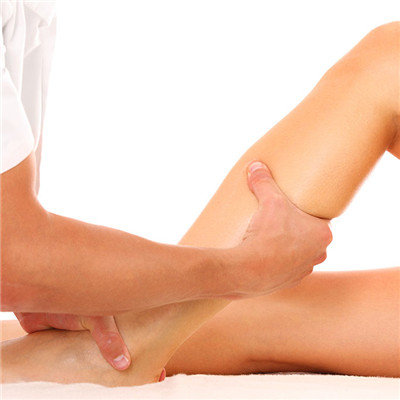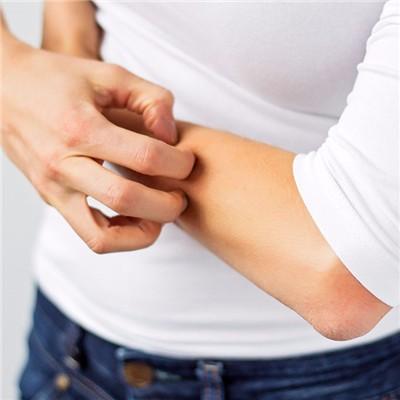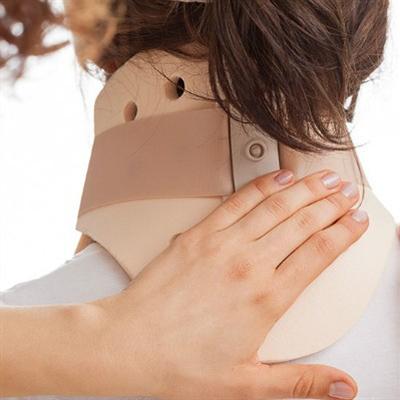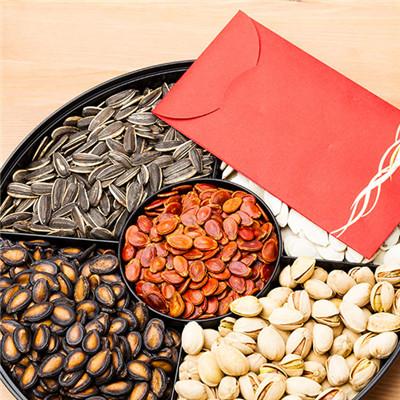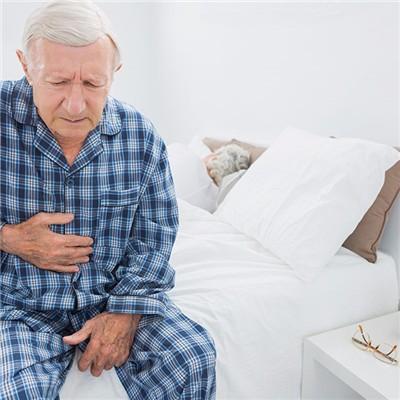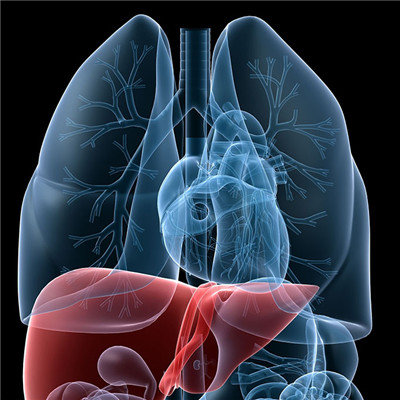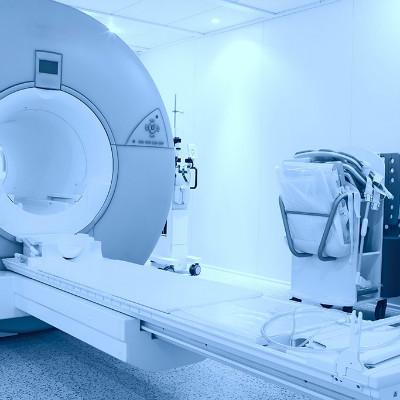Varicose vein thrombosis symptoms?
summary
There are two types of venous thrombosis: one is thrombophlebitis, which means that inflammation is the first and thrombosis is the second; The other is venous thrombosis, which means that thrombosis becomes the first phenomenon, the inflammatory process of venous wall is secondary, and the lower extremity deep venous thrombosis is the most common. The incidence rate of the elderly is high, and it is easy to cause fatal pulmonary embolism. Varicose vein thrombosis symptoms? Let's talk about it
Varicose vein thrombosis symptoms?
Most of them are thrombophlebitis, mostly in the limbs, often involving the great saphenous vein, small saphenous vein, cephalic vein, basilic vein and its branches. The symptoms were local pain, redness, fever, swelling and elevated body temperature. The thin part of subcutaneous tissue can touch the cord thrombus. Because of the obvious inflammation of the thrombus site, it often adheres closely to the wall of the tube, and pulmonary embolism rarely occurs. If phlebitis develops further and affects deep veins, pulmonary embolism may be caused by embolus falling off.
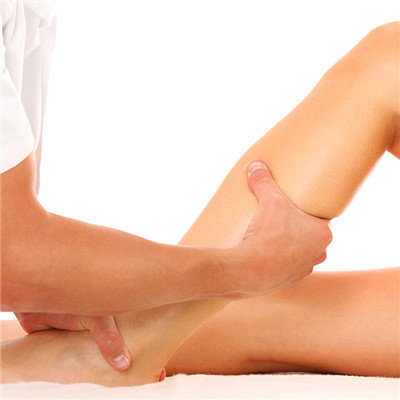
Most of the patients had no symptoms, and a few felt swelling and urgency. After standing, sitting and walking, the symptoms worsened, some legs and feet edema, gastrocnemius tenderness. Post thrombotic syndrome can occur when invading the communicating branch of vein. If the disease is suspected, it can be diagnosed by venography.
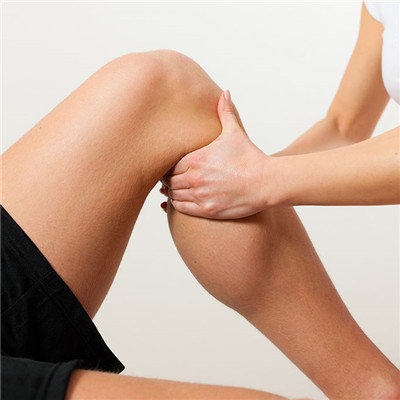
The symptoms are obvious. There is tenderness in the groin of iliac fossa and the femoral triangle. There is traction pain in the back of thigh and gastrocnemius muscle abdomen when bending the foot and back. The acute inflammation is very serious. The lower limbs swell sharply. The swelling reaches the peak after several hours, and there is a sense of pressure consciously. When inflammation is obvious, arterial spasm can occur, skin is pale, subcutaneous veins are reticular expansion, limb tenderness is obvious, can't touch arterial pulsation, called painful white swelling of thigh. If the lesion is large and invades the pelvic vein and its branches, the lower extremity is highly edematous and cyanotic, which is called painful femoral edema. Severe cases may lead to venous gangrene or even shock.

matters needing attention
① Keep optimistic and happy mood. Long term mental tension, anxiety, irritability, pessimism and other emotions, will make the cerebral cortex excitation and inhibition process of imbalance, so we need to maintain a happy mood. ② Abstinence, pay attention to rest, work and rest, life orderly, keep optimistic, positive, upward attitude to life is of great help to prevent disease. We should have regular tea and dinner, regular living, no overwork, cheerful mood, and develop good living habits.


